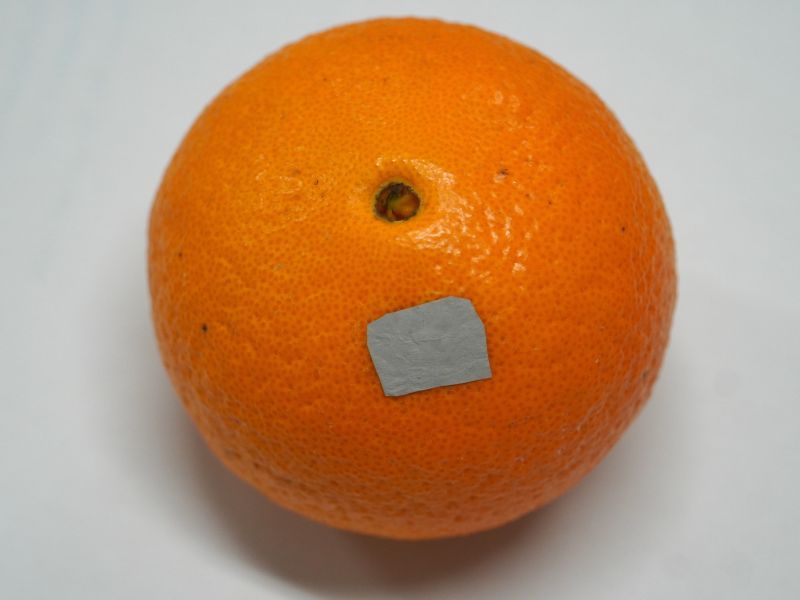Wearable surface-enhanced Raman spectroscopy (SERS) is gaining considerable traction in healthcare. Until recently, wearable technology was largely characterized by devices such as fitness trackers and smart watches, which enable real-time monitoring of physical activities and essential biometrics. These devices have laid the groundwork for a more health-conscious society, promoting proactive health management. The integration of SERS technology into wearable devices represents a significant leap in this area. This revolutionary tool facilitates continuous, non-invasive, real-time analysis of chemical and biomolecular processes within the human body through biofluids like sweat and tears. Its capacity to detect substances even in minute concentrations paints an optimistic picture for early disease diagnosis and personalized medicine, propelling healthcare from a reactionary to a preventive approach.
SERS, an analytical method, magnifies the vibrational spectra of molecules when they are in close proximity or directly attached to a nanoscale roughened or nanostructured metal surface. The amplification mechanism stems from the localized surface plasmon resonance induced by the metal surface when exposed to light, typically near-infrared laser light. This optical excitation results in a dramatically enhanced Raman scattering signal, allowing for the exceptionally sensitive detection of target substances. The technological feat of incorporating SERS into wearable devices opens up the possibility of constant monitoring of specific chemical changes within the human body. This provides an extensive pool of data that could be invaluable to understanding an individual's health status. Given that SERS can detect a broad spectrum of substances, including toxins, metabolites, and disease biomarkers, its wearable format could pioneer a new epoch in healthcare and biomedical research.
In our ongoing quest to pioneer advancements in the field of wearable SERS, our focus is on the development of innovative, flexible substrates. Over the past few years, we have successfully developed and optimized gold and silver nanomesh structures. These structures have demonstrated remarkable flexibility and efficiency, serving as the cornerstone for our current SERS substrates. Building upon this foundation, we are now channeling our efforts into exploring and harnessing the vast potential of wearable SERS in various biomedical applications. Our research aims to uncover new diagnostic and therapeutic avenues, leveraging the unique capabilities of SERS technology in real-time monitoring, disease detection, and drug delivery. This pursuit not only promises to revolutionize the field of wearable diagnostics but also paves the way for groundbreaking advancements in personalized medicine.
References
- L. Liu, S. Noguchi, T. Xiao, S. Karhadkar, K. Hiramatsu, H. Segawa, T. Itoh, J. Qu, K. Takei, and K. Goda, "Highly scalable, wearable surface-enhanced Raman spectroscopy", Advanced Optical Materials 10, 2200054 (2022)
- Y. Kitahama, P. M. Pancorbo, H. Segawa, M. Marumi, T. Xiao, K. Hiramatsu, W. Yang, and K. Goda, "Place & Play SERS: sample collection and preparation-free surface-enhanced Raman spectroscopy", Analytical Methods 15, 1028 (2023)
- Y. Kitahama, T. Xiao, P. M. Pancorbo, W. Yang, and K. Goda, "Sampling-free substrate for Place & Play SERS", Optics & Photonics News December (2023)
- V. K. Rao, X. Tang, Y. Sekine, M. Egawa, P. K. Dwivedi, Y. Kitahama, W. Yang, and K. Goda, "An ultralow-cost, durable, flexible substrate for ultrabroadband surface-enhanced Raman spectroscopy", Advanced Photonics Research 2300291 (2023)

Wearable spectroscopy
- Field leader: Yasutaka Kitahama
- Funding: JSPS Core-to-Core Program, MEXT Q-Leap, White Rock Foundation, JST ASPIRE
- Collaboration: Serendipity Lab